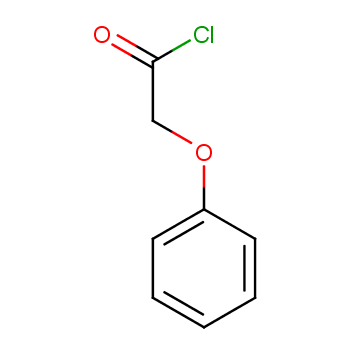 |
 |
2-Phenoxyacetyl chloride Acetyl chloride, 2-phenoxy- Acetyl chloride, phenoxy- Acetylchloride,phenoxy- Acyl chloride kind AKOS BBS-00003927 LABOTEST-BB LT00643586 NSC 9808 Phenoxyacetic acid chloride phenoxy-acetylchlorid Phenoxyethanoyl chloride Phenyloxyacetyl chloride
The Phenoxyacetyl chloride, with the CAS registry number 701-99-5, is also known as Acetyl chloride, 2-phenoxy-. It belongs to the product categories of Biochemistry; Nucleosides, Nucleotides & Related Reagents; Protecting Agents for Hydroxyl and Amino Groups; Protecting Agents, Phosphorylating Agents & Condensing Agents; Acid Halides; Carbonyl Compounds; Organic Building Blocks. Its EINECS registry number is 211-862-4. Its IUPAC name and systematic name are the same which is called 2-phenoxyacetyl chloride. This chemical is colorless to brown liquid.
Physical properties of Phenoxyacetyl chloride: (1)ACD/LogP: 2.07; (2)# of Rule of 5 Violations: 0; (3)ACD/LogD (pH 5.5): 2.07; (4)ACD/LogD (pH 7.4): 2.07; (5)#H bond acceptors: 2; (6)#Freely Rotating Bonds: 3; (7)Index of Refraction: 1.525; (8)Molar Refractivity: 42.44 cm3; (9)Molar Volume: 138.4 cm3; (10)Surface Tension: 39.5 dyne/cm; (11)Density: 1.232 g/cm3; (12)Flash Point: 84 °C; (13)Enthalpy of Vaporization: 46.29 kJ/mol; (14)Boiling Point: 226.3 °C at 760 mmHg; (15)Vapour Pressure: 0.0823 mmHg at 25°C; (16)Storage Temp.: Store at RT. ; (17)Sensitive: Moisture Sensitive.
Preparation: this chemical can be prepared by phenoxyacetic acid. This reaction will need reagent (COCl)2, DMF and solvent CH2Cl2. The reaction time is 1 hours with reaction temperature of 20 ℃.
Uses of Phenoxyacetyl chloride: it can be used to produce phenoxy-acetic acid-(2-hydroxy-anilide) at ambient temperature. This reaction will need reagent NaHCO3 and solvent diethyl ether, H2O. The yield is about 60%
When you are using this chemical, please be cautious about it as the following:
This chemical may destroy living tissue on contact. Secondly, it reacts violently with water and can cause burns. In case of contact with eyes, you should rinse immediately with plenty of water and seek medical advice. Whenever you will contact it, please wear suitable protective clothing, gloves and eye/face protection. In case of accident or if you feel unwell seek medical advice immediately (show the label where possible).
You can still convert the following datas into molecular structure:
(1)Canonical SMILES: C1=CC=C(C=C1)OCC(=O)Cl
(2)InChI: InChI=1S/C8H7ClO2/c9-8(10)6-11-7-4-2-1-3-5-7/h1-5H,6H2
(3)InChIKey: PKUPAJQAJXVUEK-UHFFFAOYSA-N
Skin corrosion, Category 1B
Specific target organ toxicity \u2013 single exposure, Category 3
| Pictogram(s) |   |
|---|---|
| Signal word | Danger |
| Hazard statement(s) | H314 Causes severe skin burns and eye damage H335 May cause respiratory irritation |
| Precautionary statement(s) | |
| Prevention | P260 Do not breathe dust/fume/gas/mist/vapours/spray. P264 Wash ... thoroughly after handling. P280 Wear protective gloves/protective clothing/eye protection/face protection. P261 Avoid breathing dust/fume/gas/mist/vapours/spray. P271 Use only outdoors or in a well-ventilated area. |
| Response | P301+P330+P331 IF SWALLOWED: Rinse mouth. Do NOT induce vomiting. P303+P361+P353 IF ON SKIN (or hair): Take off immediately all contaminated clothing. Rinse skin with water [or shower]. P363 Wash contaminated clothing before reuse. P304+P340 IF INHALED: Remove person to fresh air and keep comfortable for breathing. P310 Immediately call a POISON CENTER/doctor/\u2026 P321 Specific treatment (see ... on this label). P305+P351+P338 IF IN EYES: Rinse cautiously with water for several minutes. Remove contact lenses, if present and easy to do. Continue rinsing. P312 Call a POISON CENTER/doctor/\u2026if you feel unwell. |
| Storage | P405 Store locked up. P403+P233 Store in a well-ventilated place. Keep container tightly closed. |
| Disposal | P501 Dispose of contents/container to ... |
none
 |
 |
 |
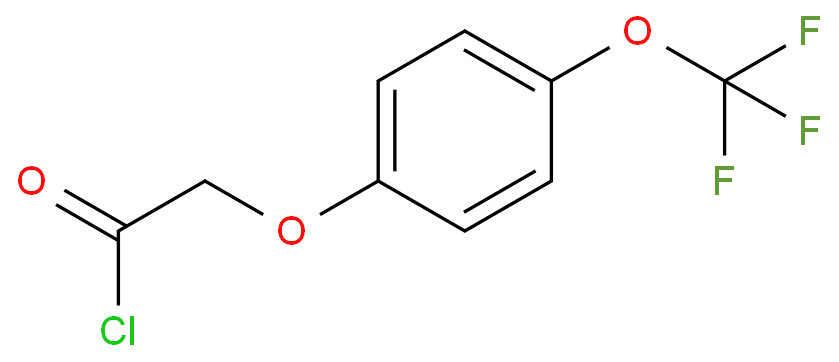 |
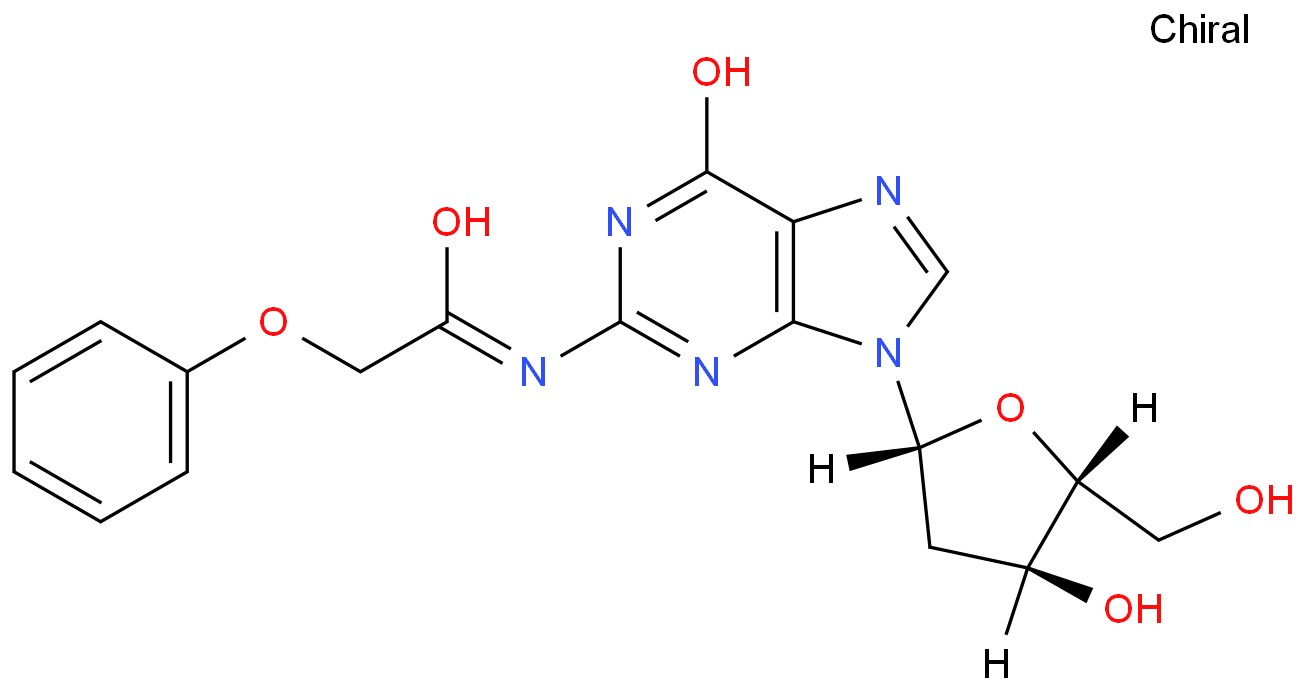 |
![(PHENOXYACETYL)AMINO]ACETIC ACID](https://structimg.guidechem.com/2/50/319369.png) |
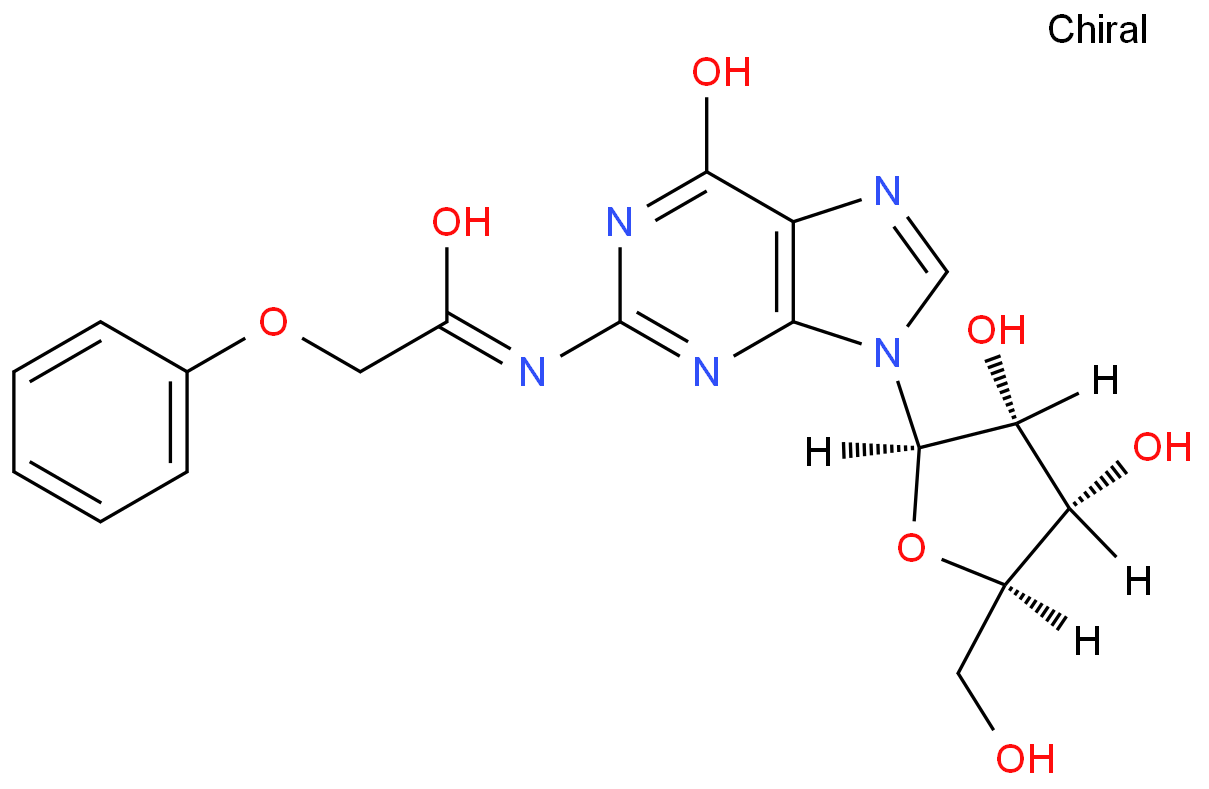 |
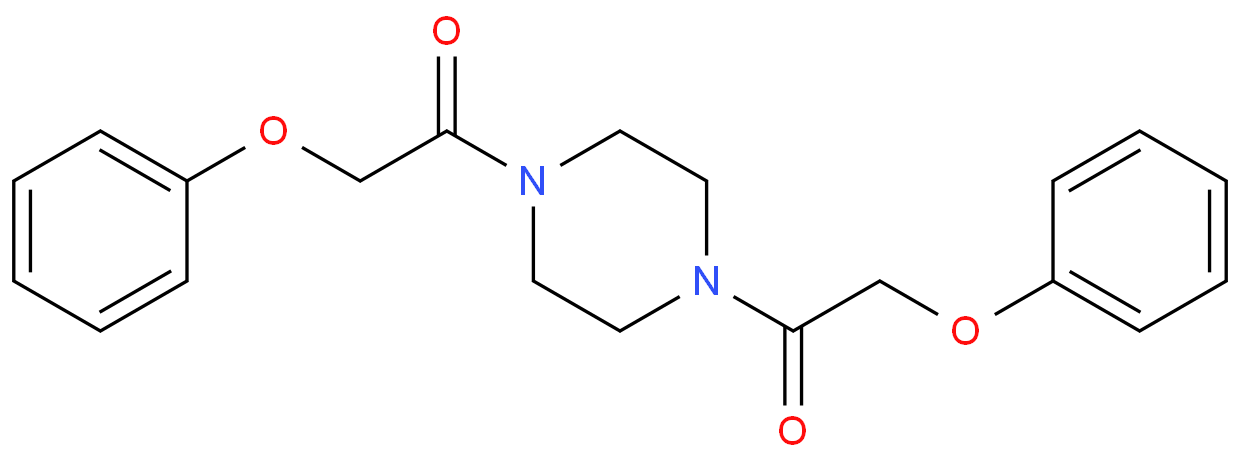 |
 |
![2-[(PHENOXYACETYL)AMINO]-3-PHENYLPROPANOIC ACID](https://structimg.guidechem.com/1/37/1679856.png) |